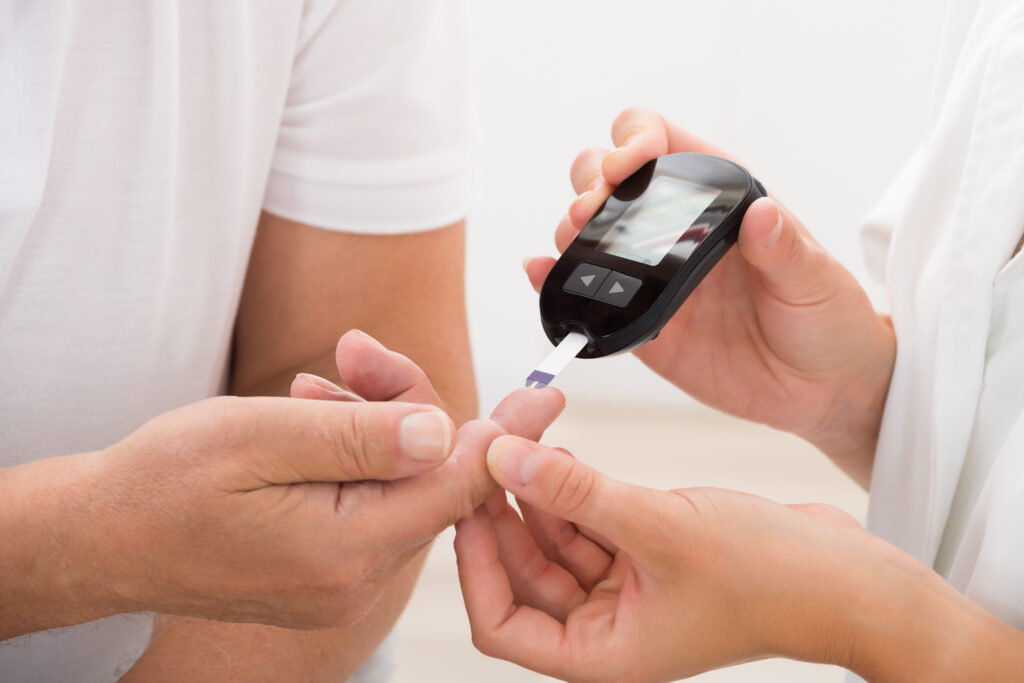Guide to Cap Colors and Commonly Prescribed Drugs
Have you ever been in clinic and suddenly lost the simplest of knowledge, like what the cap colors of certain drugs represent? Well fear no more! We have created a very simplified chart of some of the most commonly prescribed drugs and their cap colors. So the next time your patient comes in telling you […]
Guide to Cap Colors and Commonly Prescribed Drugs Read More »








